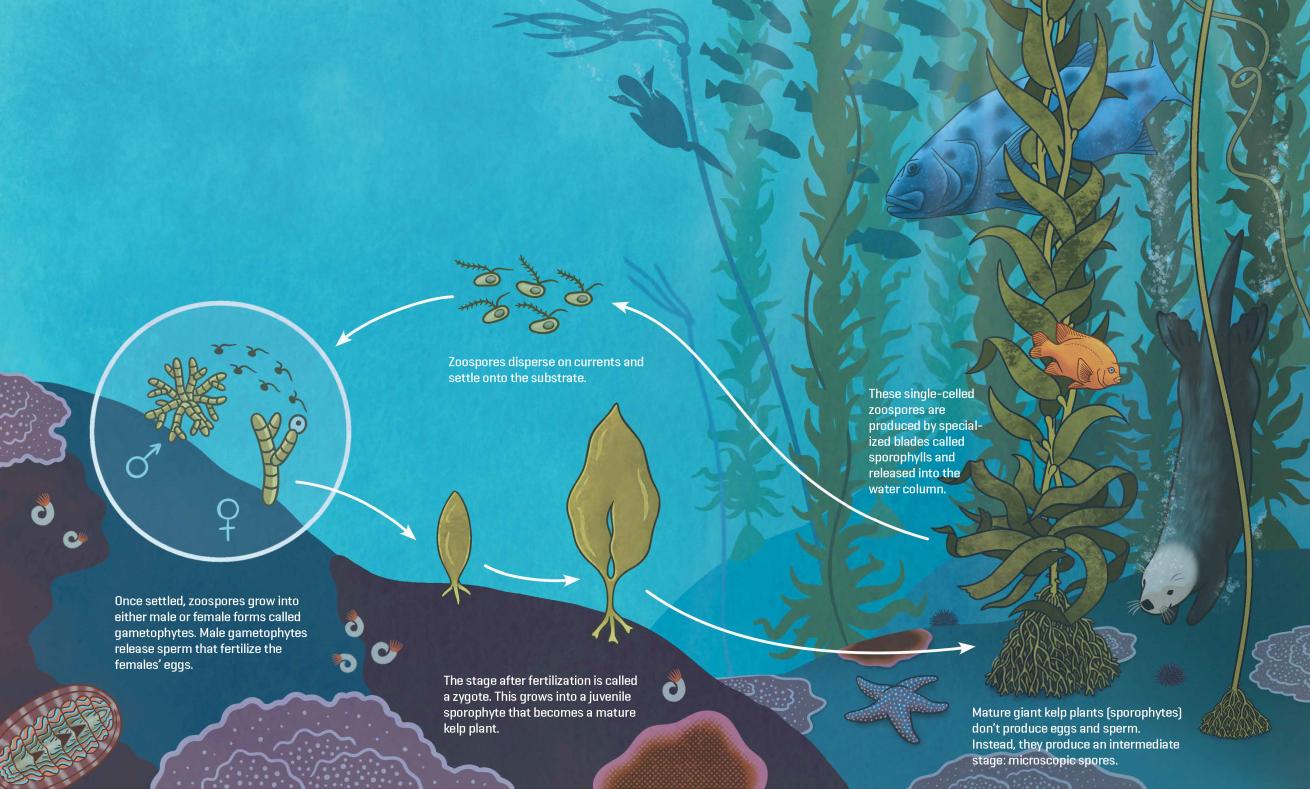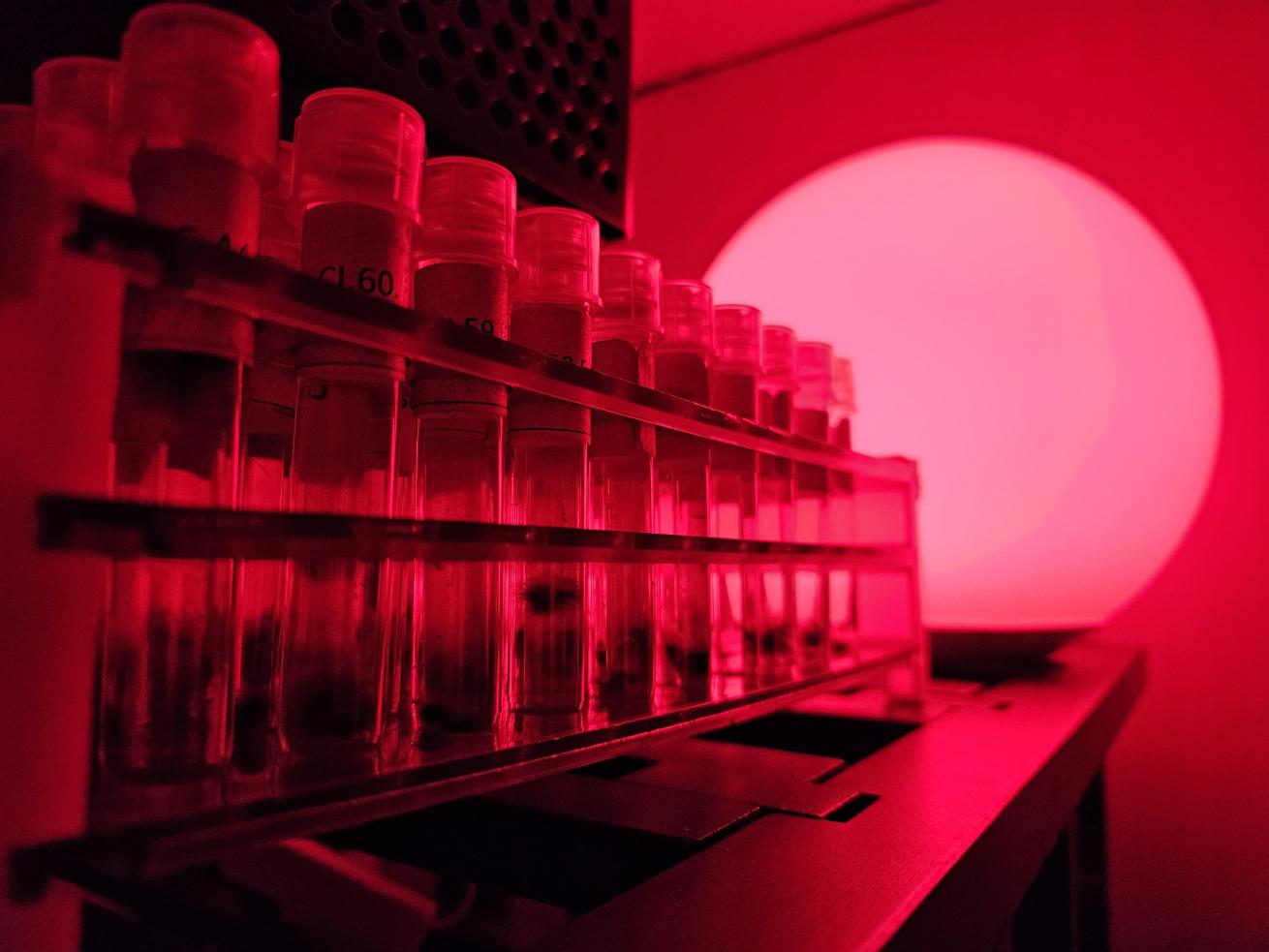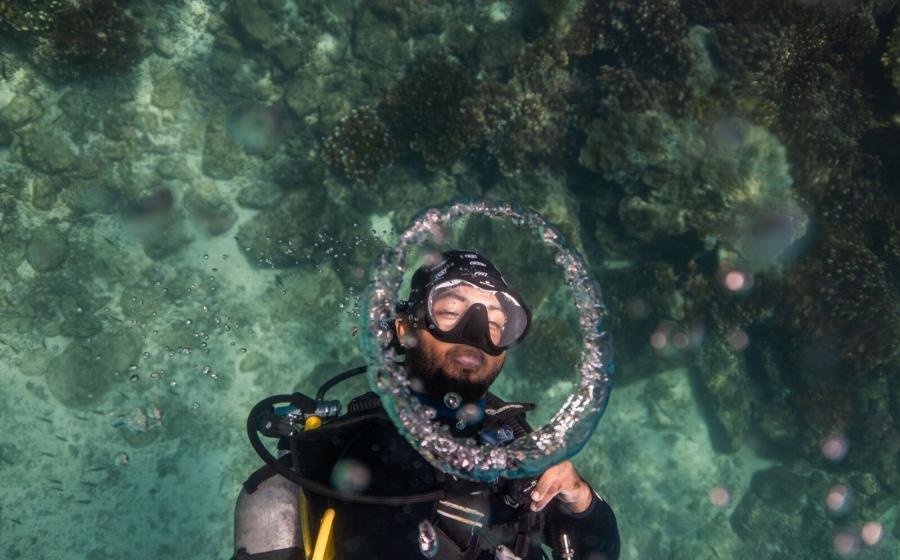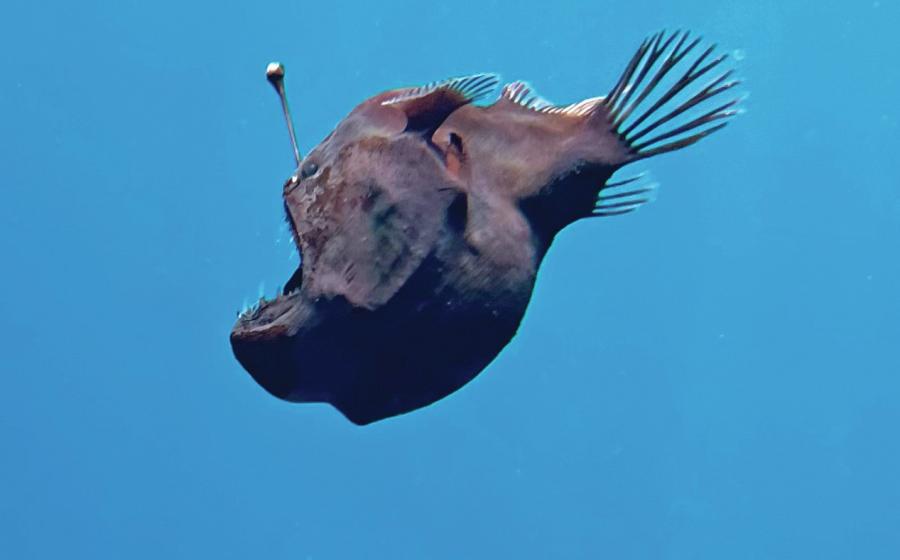How Spore Banks Can Save Kelp

Illustration by Andrea DingeldeinThe reproductive cycle of kelp
Bleached coral is the poster child of warming oceans, but reefs are far from the only marine ecosystem in hot water. Increasing water temperatures can also harm kelp, the towering underwater seaweed forests that house hundreds of oceanic species and absorb millions of tons of carbon.
Kelp thrives in cold water (ideally between 42°F and 72°F), and warmer water can become deadly, fast. Between 2014 and 2016, for example, a marine heat wave in Northern California wiped out 90 percent of the region’s kelp cover. A decade after the start of the die-off, the area has yet to fully recover.
An Innovative Solution
To fight back against such degradation, scientists have started curating kelp spore banks. They hope these terrestrial collections of heirloom kelp strains will make it possible to re-seed forests damaged by climate change and acute stressors—like an oil spill or storm damage—and support the burgeoning restorative aquaculture industry.
Courtesy Michael Marty-RiveraGiant kelp sporophyte in water column
“We are at risk of losing important genetic material forever as some kelp forests die and disappear,” says Samantha Deane, managing director of the Kelp Forest Foundation. “Spore banks act like a backup plan to rescue and regrow kelp when something goes wrong in the ocean.”
Deane points to the Vancouver Kelp Spore Exchange, founded in the early 1970s by Dr. Louis Druehl, as the inaugural spore bank. When the Kelp Forest Foundation conducted an international survey of giant kelp spore banks in late 2022, it mapped six institutions along the Pacific coast of the Americas. While this spore bank census is far from exhaustive, Deane says, “What is clear is that there is no equivalent to the Svalbard Global Seed Vault [the largest seed bank in the world] for seaweed.”
For now, smaller ventures are carrying the torch.
Related Reading: Divers Cull the Tide of Urchins to Help Save Kelp
What Is a Spore Bank?
To create a spore bank, scientists collect kelp specimens from the wild or cultivation facilities. Back at the lab or hatchery, they are treated to increase their longevity and stored suspended in liquid, dried or frozen (usually around -320°F using liquid nitrogen).

Courtesy Michael Marty-RiveraAn example of a giant kelp seed bank.
AltaSeads Conservancy is a seed bank in San Pedro, California. Its collection—which includes about 950 varieties of gametophytes from 15 kelp species—aims to support restoration and farming. Spores are gathered in the ocean before being stored in incubators full of enriched seawater media that are kept below 52°F.
At the base of kelp, “there’s a specialized blade that has the tissue that contains the spores,” explains Gary Molano, a postdoctoral researcher at the University of Southern California who provides genomic expertise to AltaSeads Conservancy. “You cut off this blade, you then bring it back up to the surface and wrap it in a paper towel for 24 hours.” This induces a stressed state that encourages spore release, and the kelp is returned to the enriched seawater media. The sporefilled seawater is then stored under red LED light, which induces the spores to replicate clonally.
Kelp spores are “constantly dividing,” continues Molano. “So it’s almost like you’re immortalizing culture, which means that it’s more expensive because you have to maintain it at specific temperatures, and you have to swap out the media, but it allows you to have a way to generate lots of material.”
Related Reading: World’s Largest Kelp Map Launches to Guide Restoration Efforts
Regenerative Aquaculture
General interest in preserving and propagating kelp is growing thanks to the increased demand for regenerative aquaculture, says AltaSeads Conservancy founder Sergey Nuzhdin. “There is an understanding that by 2050, it will be impossible to feed people from just production on land. Conservation of these resources that will be used for developing new crops and restoration just becomes understandable to everybody.”
He points to the Science-based Equitable Aquaculture Food (SEAfood) Act, a bipartisan bill introduced in October 2023 (U.S. HR5944). It would, if passed, require the National Oceanic and Atmospheric Administration (NOAA) to create an assessment program for offshore aquaculture that prioritizes research through on-the-water projects like kelp cultivation.
While regional banks and funding are valuable steps forward, advocates like Nuzhdin and Deane say a global approach would allow kelp banks to better fulfill their mission.
Consider giant kelp. “It is native to California to Washington to Alaska to Baja California to Mexico to Chile, South Africa, Namibia, New Zealand, Australia—which means that we recognize those borders and those different countries, but kelp doesn’t,” says Nuzhdin. “If you want to pick up kelp biodiversity in general—not only the American biodiversity, but in general—we should coordinate efforts with them. We speak with Australians and New Zealanders and Chileans and Namibians about how to do that through a distributed seed bank in which we can integrate our knowledge and use well-developed approaches in collaboration.”










